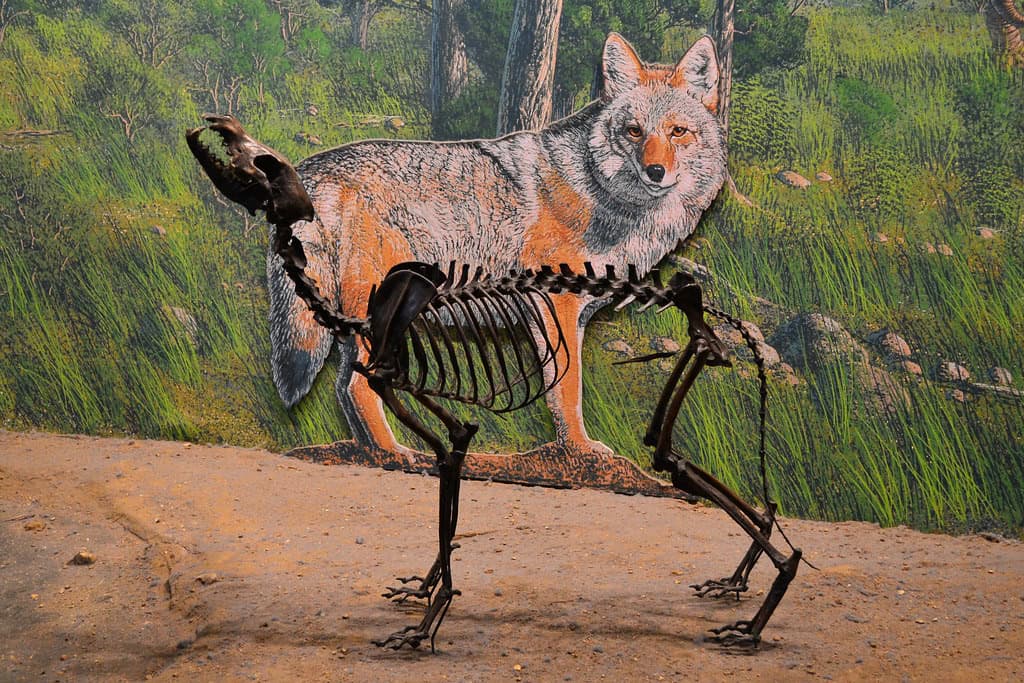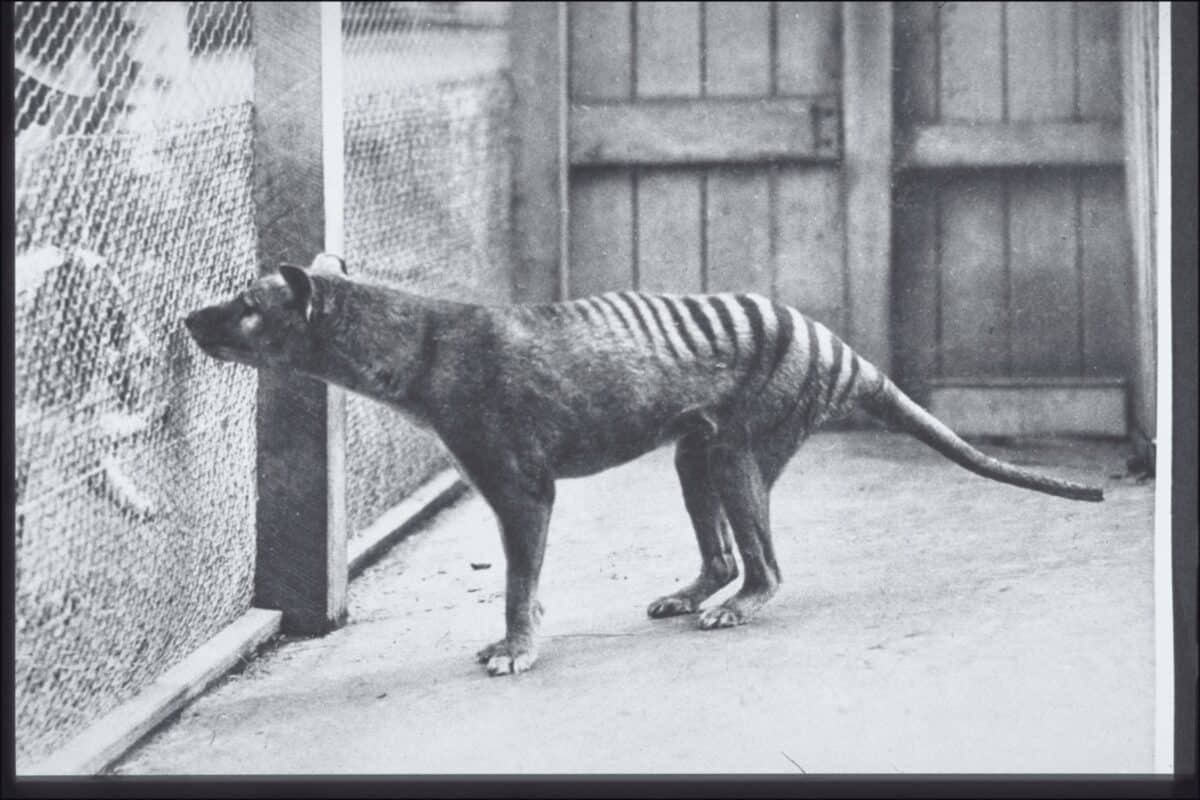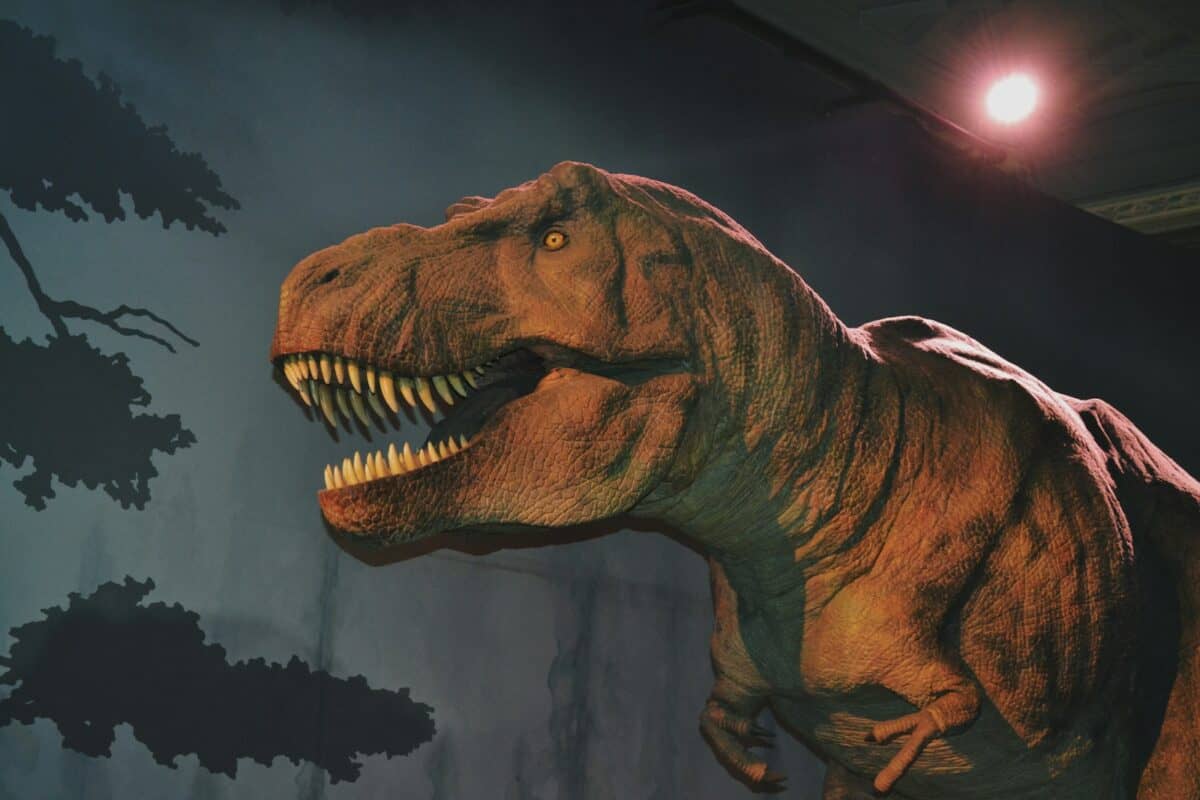The concept of de-extinction has captivated the imagination of scientists and enthusiasts alike. The idea that species long gone could once again walk, fly, or swim among us is exhilarating, conjuring visions of a real-life Jurassic Park—albeit with a focus on species far less fearsome than the mighty Tyrannosaurus rex. While this pursuit holds the promise of reversing some of the impacts of human activity on biodiversity, it also raises ethical, ecological, and technological challenges. This article explores the multifaceted nature of de-extinction, delving into its potential benefits and inherent pitfalls.
Understanding De-Extinction

De-extinction refers to the process of reviving extinct species through scientific methods such as cloning, selective breeding, and genetic engineering. These techniques aim to ‘bring back’ species that no longer exist due to various causes, including habitat destruction, overhunting, and climate change.
The Science Behind De-Extinction

At the heart of de-extinction is advanced biotechnology. Cloning, gene editing with CRISPR, and back-breeding are key processes employed in this endeavor. Cloning involves creating a genetically identical copy of a species, while CRISPR allows scientists to insert or delete specific genes to bring about desired traits. Back-breeding uses selective breeding to reconstruct traits of extinct animals in living relatives.
Why Pursue De-Extinction?

The primary motivation behind de-extinction is biodiversity conservation. Bringing back extinct species could restore ecosystem balances disrupted by their absence. It might also offer insights into evolution, genetics, and species adaptation, potentially benefiting existing flora and fauna.
Potential Benefits to Ecosystems

Reviving certain species could fill ecological niches left vacant by extinctions, aiding in the restoration of habitats and food chains. Notably, efforts to bring back the woolly mammoth aim to help with reforestation in the Arctic tundra, regions these creatures once roamed and where they played a role in maintaining grassland ecosystems.
Examples of De-Extinction Candidates

Some of the most discussed candidates for de-extinction include the passenger pigeon, the thylacine, and the woolly mammoth. The passenger pigeon, once numbering in billions, became extinct due to excessive hunting and habitat destruction. Resurrecting it could offer an opportunity to study herd dynamics and avian ecology.
The Ethical Concerns

De-extinction raises profound ethical questions. Critics argue that resources should instead focus on conserving endangered species and habitats currently under threat. There is also concern about potential suffering if resurrected species cannot survive in modern ecosystems or if they are haunted by health problems due to genetic limitations.
The Ecological Risks

Introducing any species, extinct or otherwise, into an ecosystem can have unpredictable consequences. Resurrected species might become invasive, outcompeting existing wildlife or altering habitats in unforeseen ways, thereby threatening current biodiversity.
The Role of Genetic Diversity

The genetic pool of resurrected species is likely to be limited, increasing the risk of inbreeding and accompanying vulnerabilities to disease and environmental changes. This genetic bottleneck may hinder the long-term survivability of resurrected populations.
Technological Challenges

Despite advancements, the technology required for successful de-extinction is still in its infancy. Particular challenges include obtaining viable DNA samples, replicating appropriate genetic sequences, and finding suitable surrogate species for gestation.
Case Studies in De-Extinction

Scientific endeavors are underway worldwide, with projects aiming to de-extinct the woolly mammoth and the passenger pigeon. Although significant strides have been made, the full de-extinction of these species remains a distant milestone.
The Legal Landscape

De-extinct species would exist in a murky legal territory. Regulations surrounding their protection, habitat requirements, and welfare would need to be developed, navigating the nuances of international wildlife laws.
The Future of De-Extinction

While de-extinction holds promise, its future is uncertain, hinging on technological advances, ethical discourse, and ecological considerations. Its success will rest not only on scientific and technological achievements but also on comprehensive conversations surrounding ethics and ecology.
The journey of de-extinction is one fraught with both incredible potential and considerable pitfalls. Its advancement will depend on balanced considerations of ecological impact, ethical responsibility, and technological feasibility. Whether the goal is to revive an entire species or simply to learn from these scientific efforts, the prospect of de-extinction beckons a future where humanity might restore some of what it has lost.
- Eagles vs. Snakes: Who Would Win? - August 9, 2025
- Why Pandas Were Once Nearly Extinct—and How China Saved Them - August 9, 2025
- This Fish Has the Most Teeth in the Ocean—And Uses Them Well - August 9, 2025

